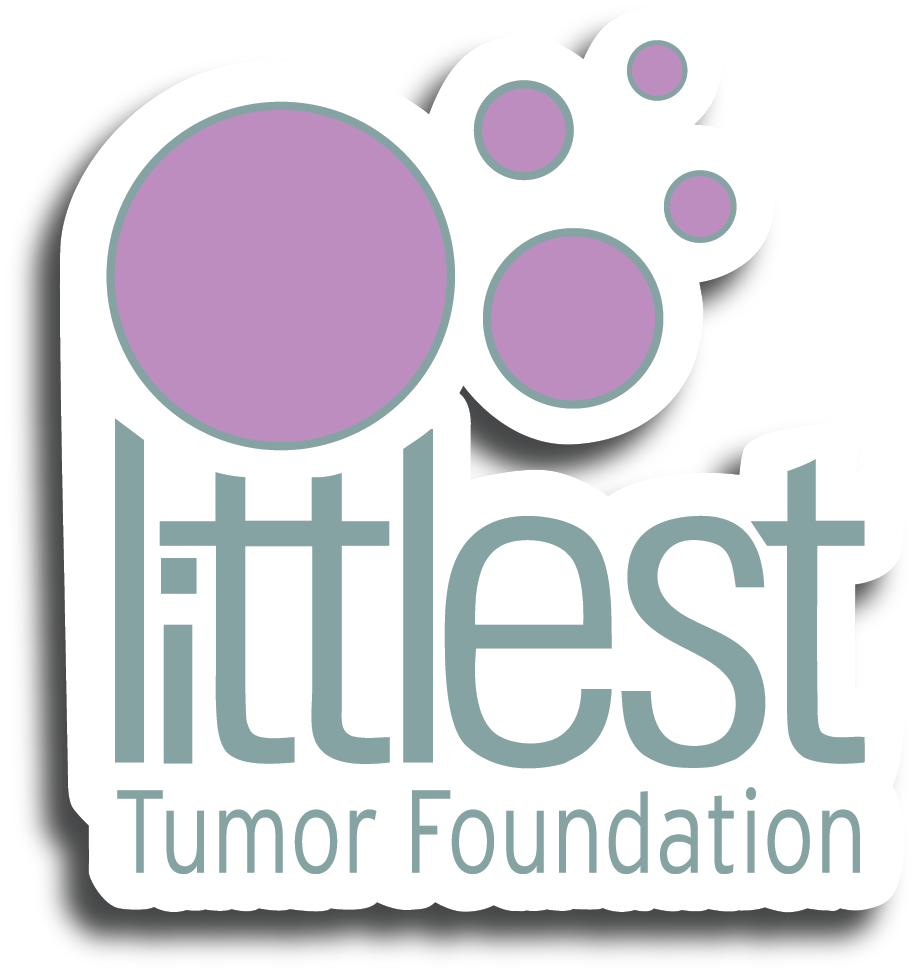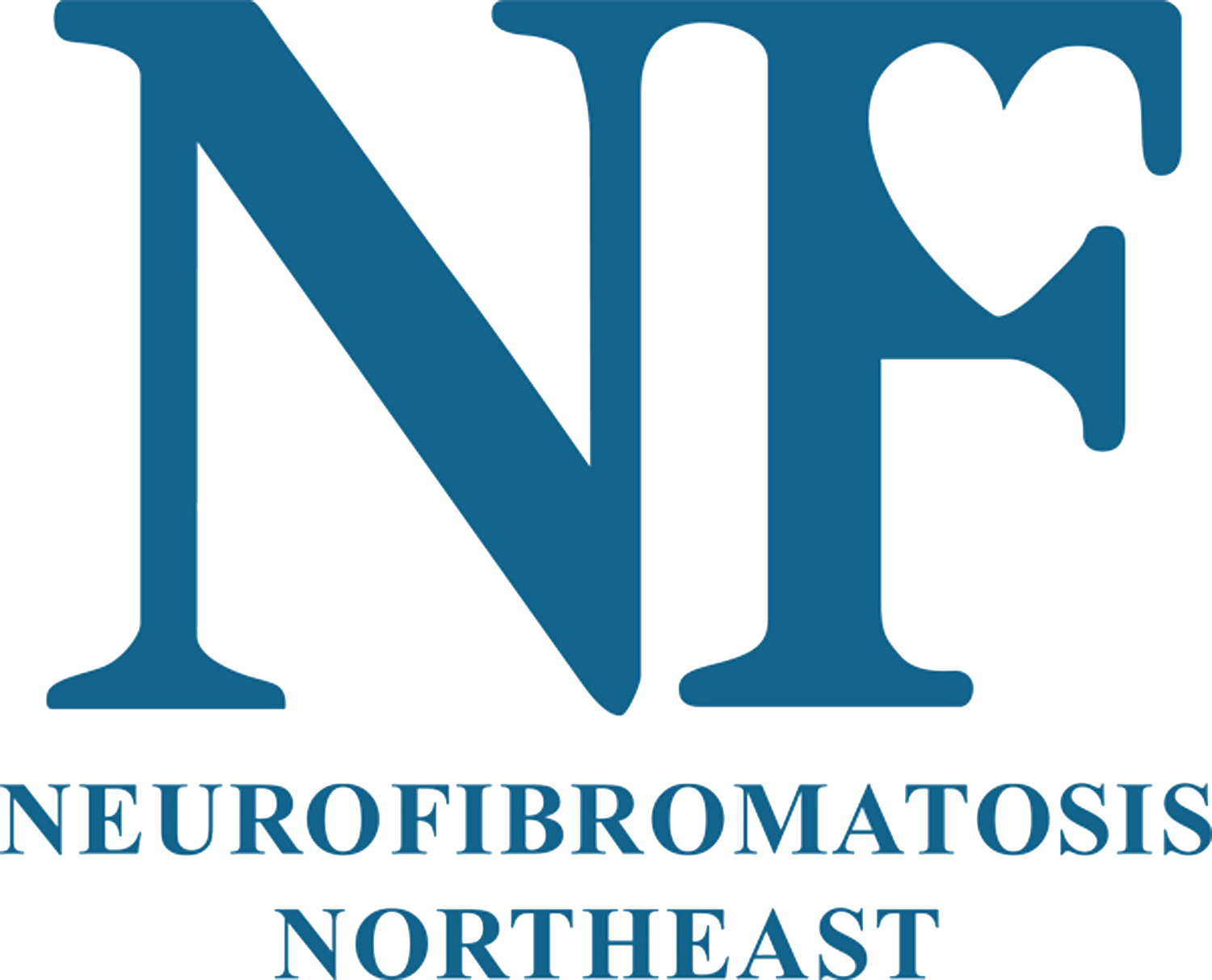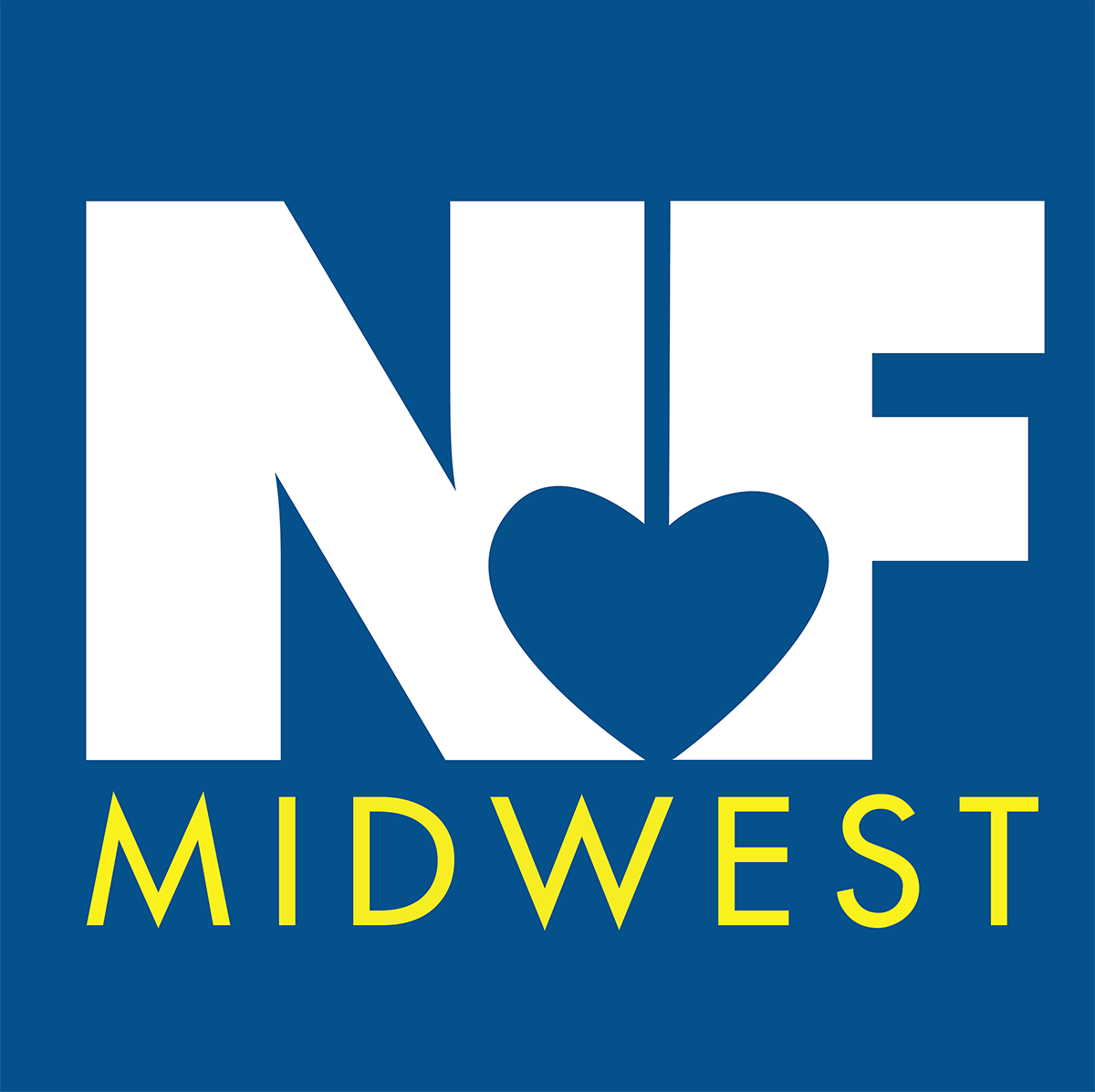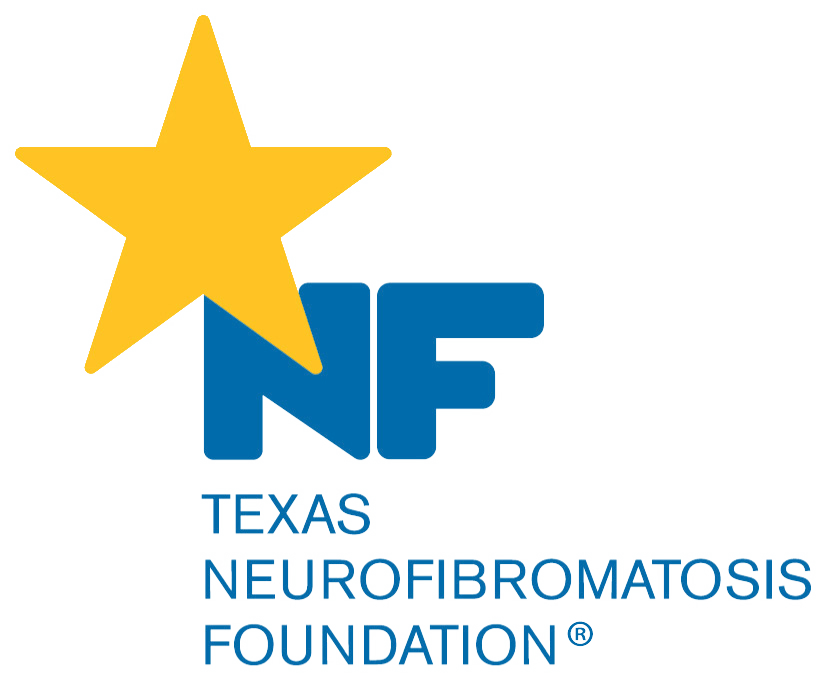





_(1).png)
The NF Collective is a group of organizations dedicated to improving the lives of NF patients and their families by providing accurate and reliable information about NF resources and caregivers.
The first national NF organization was started in 1978. Since that time, a number of organizations, many of them involved with this collective, have been created to address various needs within the NF community. Each group has specific focus areas but all share the common goal of curing NF.
Recognizing a critical need for NF families to find reliable NF care, the member organizations of the NF Collective joined forces to provide a single, reliable, updated resource of NF providers.
What is NF
NF refers to a group of genetic conditions that cause tumors to grow on nerves throughout the body. NF includes neurofibromatosis type 1 (NF1), and all types of schwannomatosis (SWN), including NF2-related schwannomatosis (NF2), formerly called neurofibromatosis type 2.
Often these disorders are confused, or thought to be varying degrees of each other. Having more than one type of NF is extremely rare and one type of NF does not change into another type. They are separate and distinct disorders caused by different genes on different chromosomes.
The three NF disorders include:
Neurofibromatosis type 1 (NF1): NF1 is the most common type of neurofibromatosis affecting approximately 1 in 2,500 people. Features of NF1 include brown skin spots (café-au-lait spots), tumors (neurofibromas), eye findings (Lisch nodules or optic pathway gliomas), bone abnormalities and learning issues.
Neurofibromatosis type 2 (NF2): NF2-SWN or NF2-Related Schwannomatosis occurs in about 1 in 25,000 people. Findings of NF2 include tumors along the hearing/balance nerve (vestibular schwannoma, sometimes referred to as acoustic neuroma) typically leading to hearing loss or deafness and balance problems. In addition, individuals with NF2-SWN may have visual issues (cataracts or other eye anomaly) and develop neurologic or functional issues related to different types of tumors in the brain and/or spinal cord.
Schwannomatosis: Schwannomatosis is the least common of the neurofibromatoses and occurs in approximately 1 in 40,000 people. Symptoms of schwannomatosis include benign tumors in many areas of the body (other than the hearing/balance nerves). These tumors often cause pain.
Although symptoms of NF are variable and may not be severe, care for individuals with NF is often complex and requires healthcare providers with NF knowledge and experience. Various types of doctors are often required to care for individuals with NF including specialists in neurology, genetics, surgery, ophthalmology, audiology and more.

